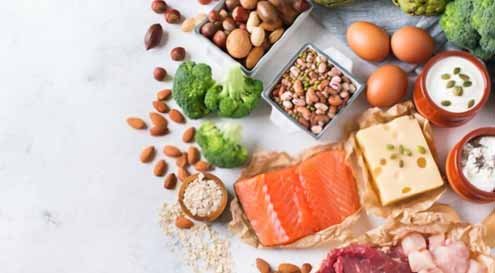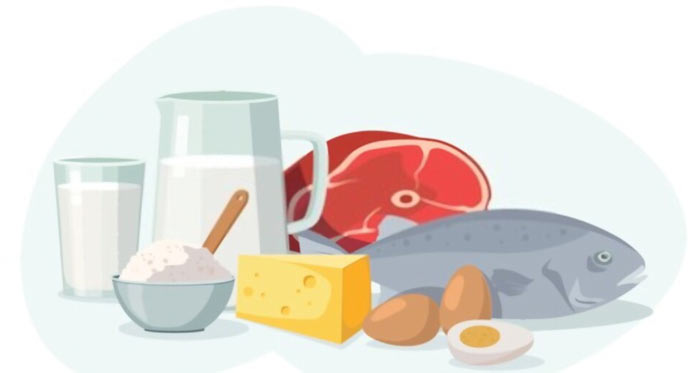Enzymes are a special class of proteins that catalyze biochemical reactions. They play a vital role in metabolism and mild conditions within the human body. Enzymes are essential for maintaining the body’s homeostasis, or tight control over temperature, pH, and concentration. When they are exposed to moisture and heat, they will continue to react with their substrates. These reactions are necessary for the human body to maintain its health and maintain a balanced state.
Improves protein digestion

The addition of prohydrolase to your protein shake is an excellent way to increase your protein intake, boost your metabolism and enhance your workout recovery. It is a micro-filtered, ultra-pure protein that is gluten-free and can be consumed either before or after workouts. It contains the enzyme Prohydrolase, which improves protein digestion and absorption. It is also better for muscle recovery than whey protein alone.
Enzymes are proteins that catalyze biochemical reactions. They are essential for healthy metabolism and mild conditions within the human body. Enzymes are very sensitive to moisture and heat, and continue their reactions with the protein they are meant to break down. Because of this, it is important to find a product that contains a high-quality prohydrolase supplement. Prohydrolase is one of the most popular probiotic enzymes available. It improves protein digestion in your body and helps you to maintain a healthy weight.
Reduces C-reactive protein levels
Strength and endurance training are proven to lower plasma C-reactive protein levels. Compared with the control group, endurance training significantly decreased CRP levels. In this study, 20 men with a mean age of 45+5 years were randomly assigned to a resistance or endurance exercise training program. The CRP levels of the endurance group were 1.81 mg/L, while the control group had a CRP level of 2.04 mg/L.
Although initially believed to reflect underlying inflammatory processes, accumulating evidence suggests that elevated C-reactive protein levels may be responsible for the development of cardiovascular disease. Additionally, C-reactive protein levels have been linked to the progression and instability of atherosclerotic plaques. For these reasons, reducing C-reactive protein levels through various methods may benefit some people. As such, the American Heart Association has recommended lowering C-reactive protein levels to determine the risk of cardiovascular disease.
Breaks down large peptides
Enzymes are proteins that catalyze biochemical reactions. They are critical for metabolism, mild conditions, and the maintenance of body temperature and pH. Enzymes continue to react with their substrates despite the heat and moisture they are exposed to. They have been linked to increased muscle growth and strength. If you are interested in improving your body’s ability to absorb protein, try adding ProHydrolase to your diet.
Prohydrolase, also known as endoprotease, is an enzyme found in the pancreas and small intestine. It helps digest large proteins by breaking them into small peptide chains. These enzymes are necessary for proper digestion and absorption of nutrients from food. They also help minimize stomach discomfort caused by high protein intake. Prohydrolase breaks down large peptides quickly and completely, which means more amino acids are available to your body.
Catalyzes biochemical reactions
A hydrolase is an enzyme that breaks down a chemical bond with a substrate. Typically, these reactions break down larger molecules into smaller ones. Examples of hydrolases are lipases, phosphatases, glycosidases, and peptidases. There are also nucleosidases, which break down DNA and RNA. A hydrolase enzyme may be either a bacterial, plant, or human enzyme.
Conclusion:
Enzymes speed up biochemical reactions by reducing activation energy. Without enzymes, this process would require approximately three times the energy. It requires glucose, oxygen, and a cofactor called prohydrolase. These substances are then combined to produce carbon dioxide and water. The reaction releases energy and is called a hydrolysis. The enzyme lowers the activation energy of this reaction. As a result, the biochemical reaction is faster and easier.
